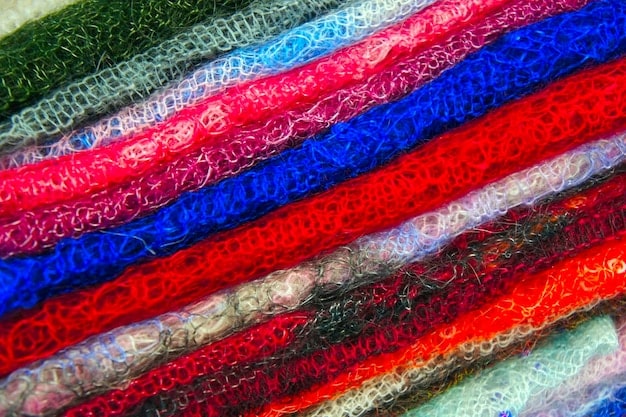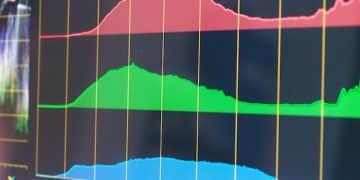Unlock Skin Trading Secrets: Maximize Returns on Rare Skins

Skin trading secrets involve understanding market dynamics, rarity, and demand to maximize returns on buying, selling, and trading rare in-game skins.
Are you intrigued by skin trading secrets and how to make a profit from rare in-game items? This guide covers everything from identifying valuable skins to mastering market trends and maximizing your returns.
Skin Trading: An Introduction
Skin trading has turned into a profitable venture for many gamers, especially within popular titles that feature extensive cosmetic customization. But what exactly makes a skin valuable, and how can you navigate this market to your advantage?
Why Skin Trading Exists
Skin trading exists because in-game items such as skins have become valuable assets. Fueled by player demand, rarity, and aesthetics, these virtual goods can often command significant prices. Understanding this ecosystem is key to mastering skin trading.
- Rarity Matters: Rare skins are often more valuable.
- Demand Drives Prices: Popular skins can fetch high prices.
- Aesthetics and Style: Visually appealing skins are always in demand.

Ultimately, skin trading is about understanding the nuances of supply and demand, as well as the subjective tastes of the gaming community.
Identifying Valuable Skins
The cornerstone of successful skin trading lies in identifying which skins hold significant value. This isn’t just about aesthetics; it’s about understanding market trends and future potential.
Factors That Influence Skin Value
Several factors determine a skin’s value, including its rarity, aesthetic appeal, age, and the perceived demand within the game’s community. Seasonal events and limited-time offers can also affect a skin’s value.
- Rarity Tiers: Consider the rarity of skins to predict their value.
- Event-Specific Skins: Skins from past events may be worth more due to limited availability.
- Community Favoritism: Some skins are simply more loved by the community, driving up their price.
Skin Trading Platforms: Choosing the Right One
Selecting the correct platform is critical in skin trading. Each platform has its own pros and cons regarding fees, security, and community reputation.
Steam Community Market
The Steam Community Market is the default choice for many gamers due to its integration with the Steam platform. However, it comes with certain limitations, such as restrictions on withdrawing funds.
Third-Party Marketplaces
Third-party marketplaces often provide more flexibility, lower fees, and wider access to different payment methods, though they require more caution regarding security.

Consider factors such as fees, security protocols, user reviews, and payment options when choosing a platform.
Analyzing Market Trends in Skin Trading
To succeed in skin trading, it’s essential to keep track of trends. Understanding current market sentiments helps inform your decisions, whether you’re buying, selling, or holding onto skins.
Tools for Market Analysis
Various tools and resources can help you monitor market trends, including price charts, community forums, and dedicated skin trading websites.
Stay informed by:
- Monitoring Price Charts: Identify trends and patterns.
- Participating in Forums: Get insights from experienced traders.
- Following Game Updates: Understand how updates impact skin values.
Advanced Trading Strategies
Beyond the basics, specific strategies can improve your success rate in skin trading. These aim to leverage market inefficiencies and predict future trends.
Investing in Undervalued Skins
Keep an eye out for skins that are currently undervalued but have the potential to increase in value due to upcoming game updates or community events.
Understanding Supply and Demand
Supply and demand are critical factors in skin trading. Seasonal promotions, exclusive content, and fluctuating player bases all affect the market.
By understanding supply and demand, one can:
- Anticipate Value Changes: Buy low before demand spikes.
- Recognize Saturation: Avoid skins that are oversupplied.
- Understand Event Patterns: Recognize seasonal changes and special promotions.
Risk Management in Skin Trading
Like any investment, skin trading involves risks. Learning how to manage these risks is crucial for long-term profitability.
Protecting Your Investments
Diversify your portfolio: Don’t put all your resources into a single skin. Spread your investments across various skins to minimize potential losses.
Manage risks by:
- Diversifying Your Portfolio: Don’t keep everything in one skin.
- Using Two-Factor Authentication: Secure your accounts.
- Trading on Reputable Platforms: Reduce the risk of scams.
Legal Considerations in Skin Trading
It’s important to be aware of the legal aspects of skin trading, especially regarding taxes and terms of service agreements.
Tax Implications
The profits from skin trading may be subject to taxation. Consult with a tax professional to understand your obligations in your specific jurisdiction.
Be mindful of:
- Local Tax Laws: Understand how profits are taxed.
- Terms of Service: Adhere to platform rules.
- Reporting Income: Be transparent about your trading activities.
| Key Point | Brief Description |
|---|---|
| 💰 Market Analysis | Keeping track of skin prices and trends. |
| 🛡️ Risk Management | Diversifying investments. |
| 📈 Trading Platforms | Choosing secure and reliable platforms. |
| ⚖️ Legal Aspects | Understanding tax implications. |
FAQ
▼
A skin’s value is based on rarity, demand, aesthetic appeal, and historical significance. Limited-time availability often increases a skin’s value.
▼
Yes, there are risks such as market volatility, scams, and potential account security issues. Always trade on reputable platforms and use two-factor authentication.
▼
Use price charts, community forums, and specialized websites to monitor market trends. Paying attention to game updates and community news can also provide insights.
▼
Third-party marketplaces are external websites that facilitate skin trading. These often offer more flexible payment options, but it’s essential to verify their trustworthiness.
▼
Diversify your skin portfolio, meaning don’t put all your resources in one place. Keep different types of skins, and don’t keep all of your investments in one single place.
Conclusion
Mastering skin trading secrets requires an understanding of market dynamics, risk management, and legal considerations. By staying informed and continuously adapting your strategies, you can increase your chances of success in this unique market.





